Charles E W Bean, Diaries, AWM38 3DRL 606/251/1 - 1915 - 1936 - Part 10
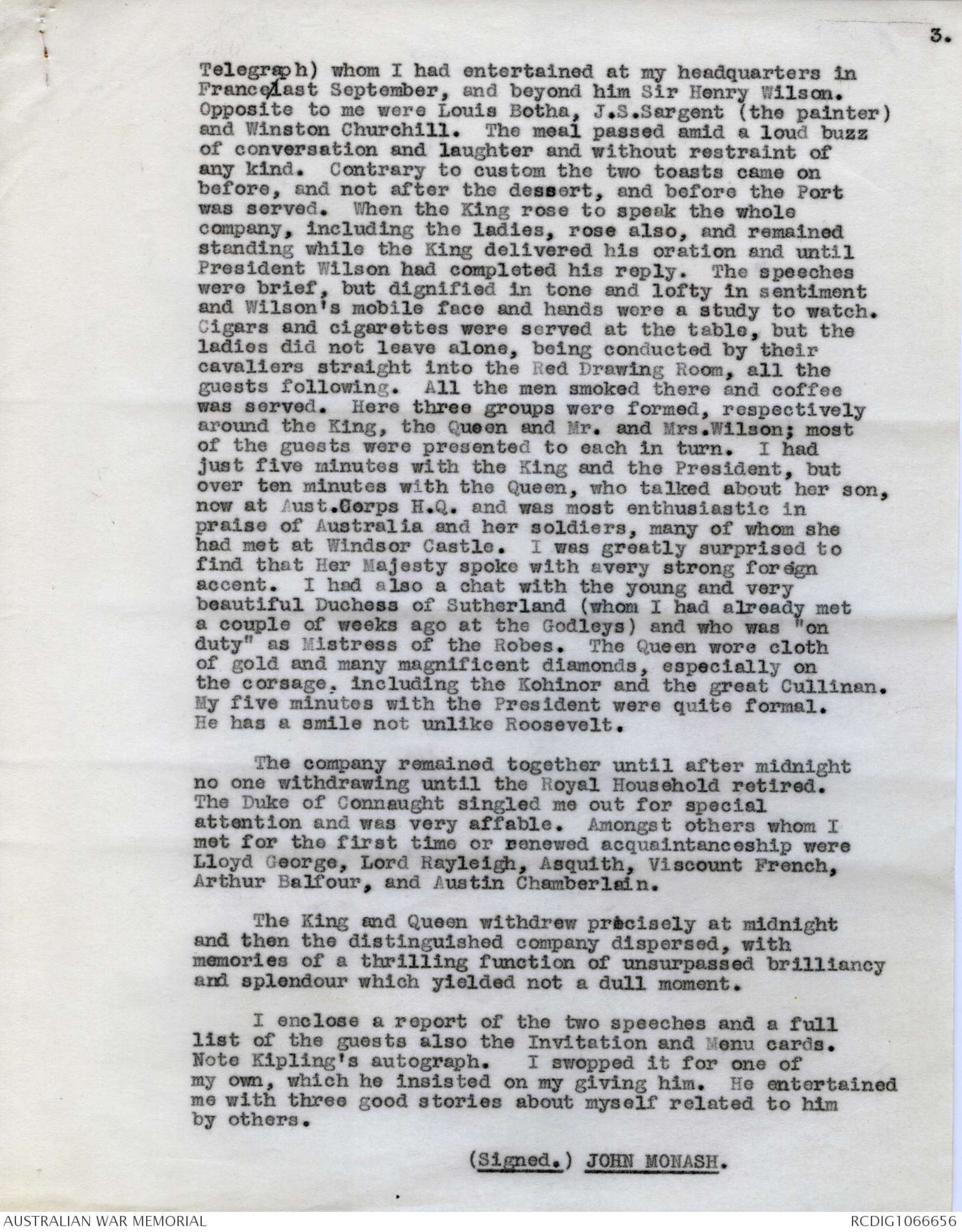


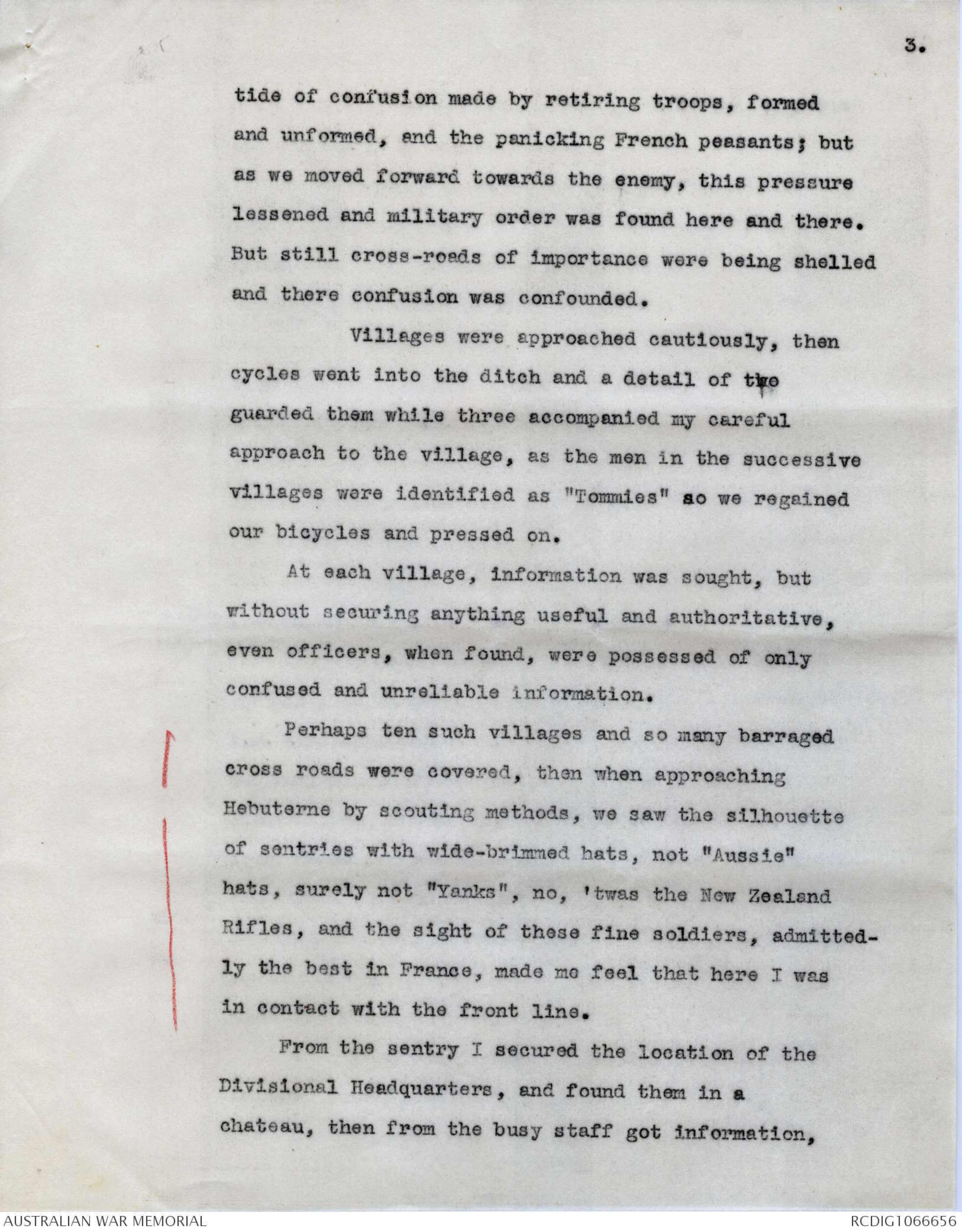
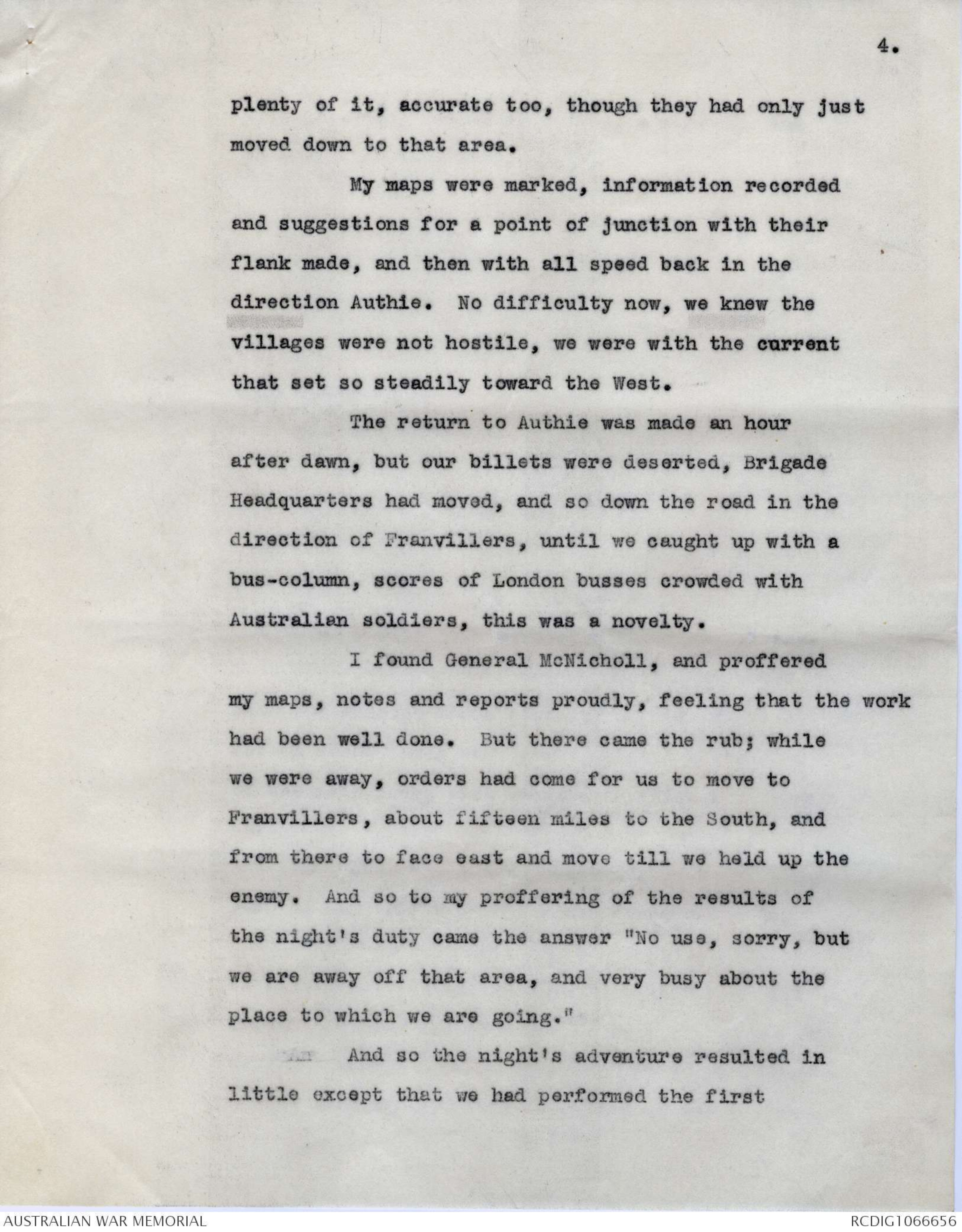
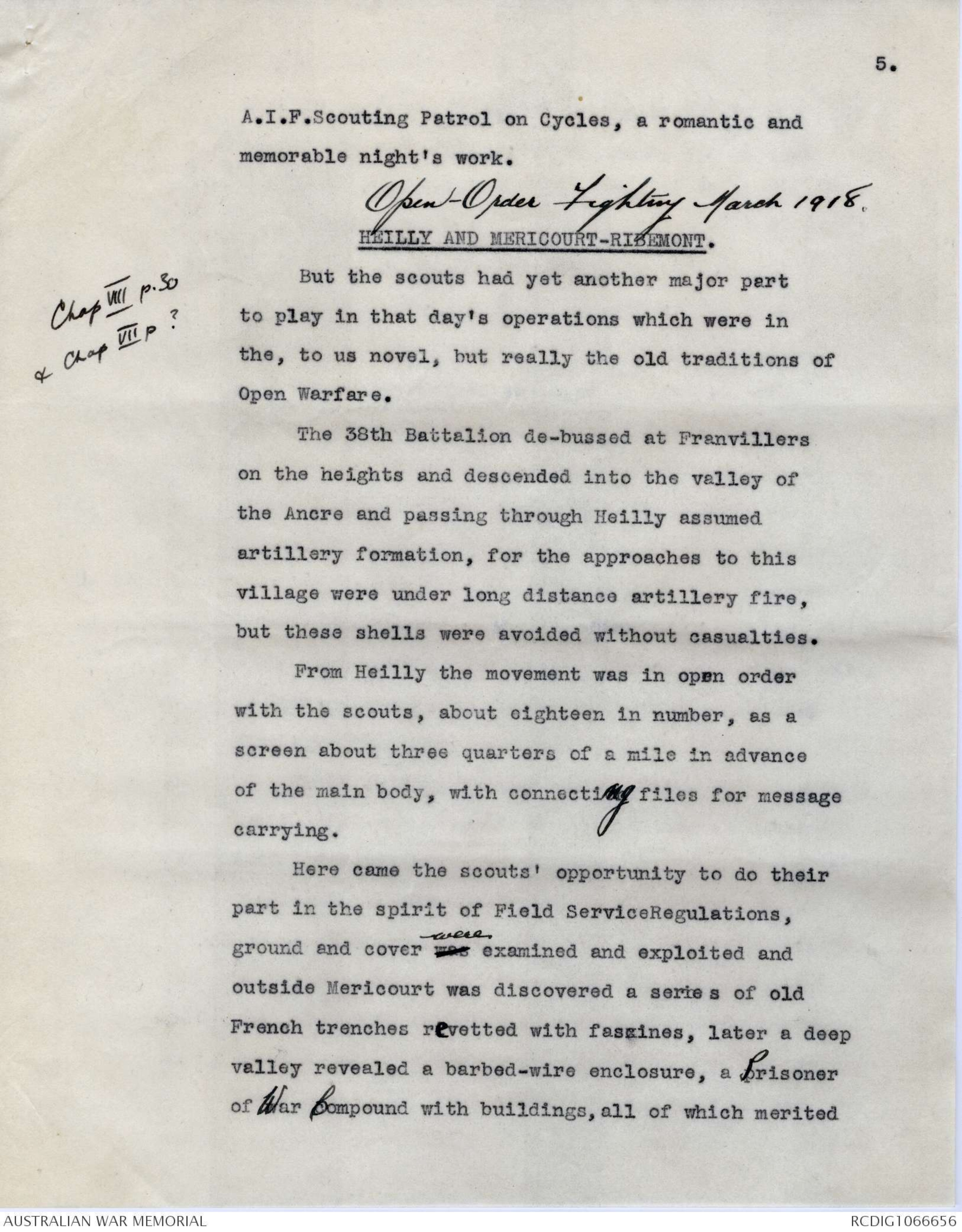
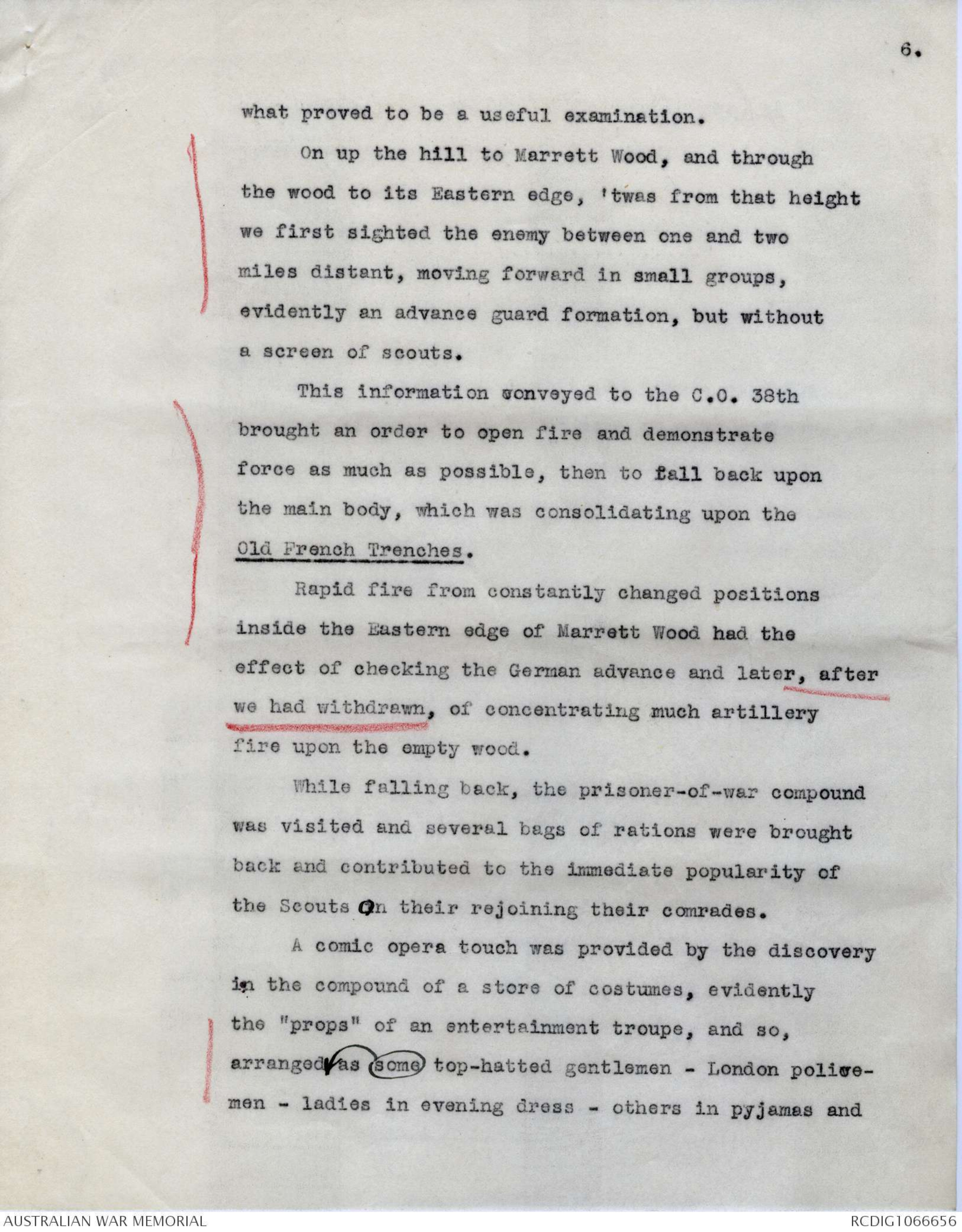
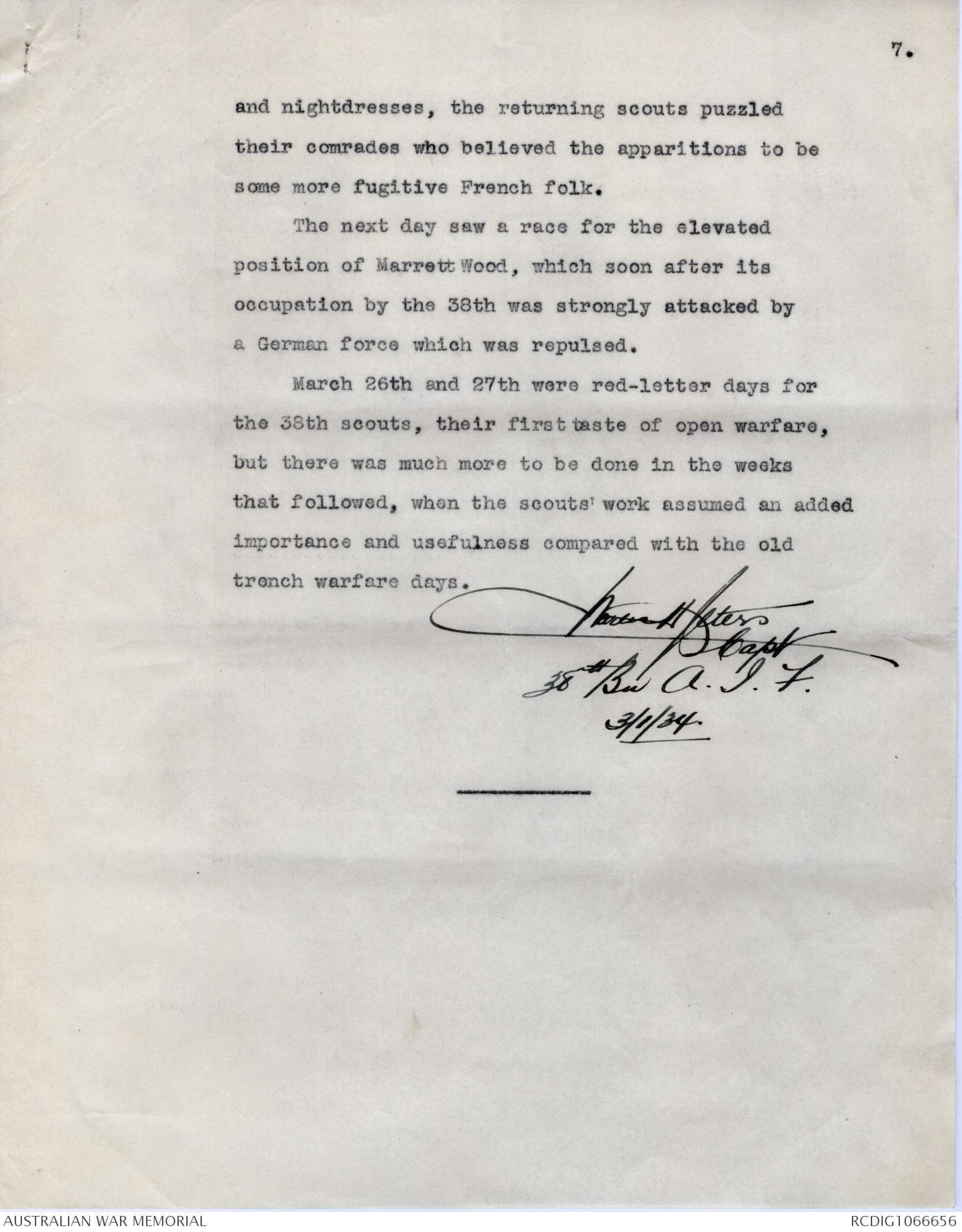
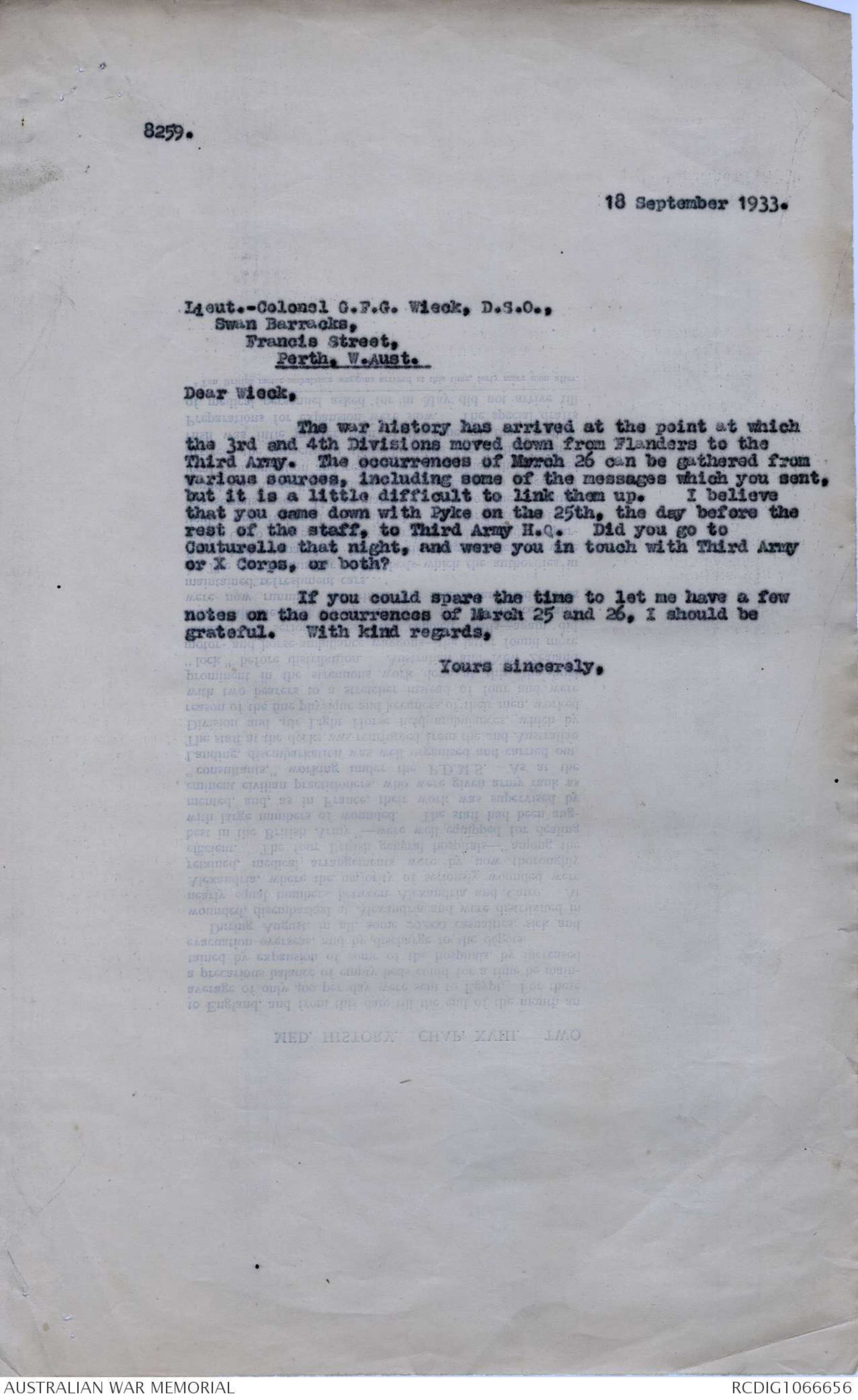
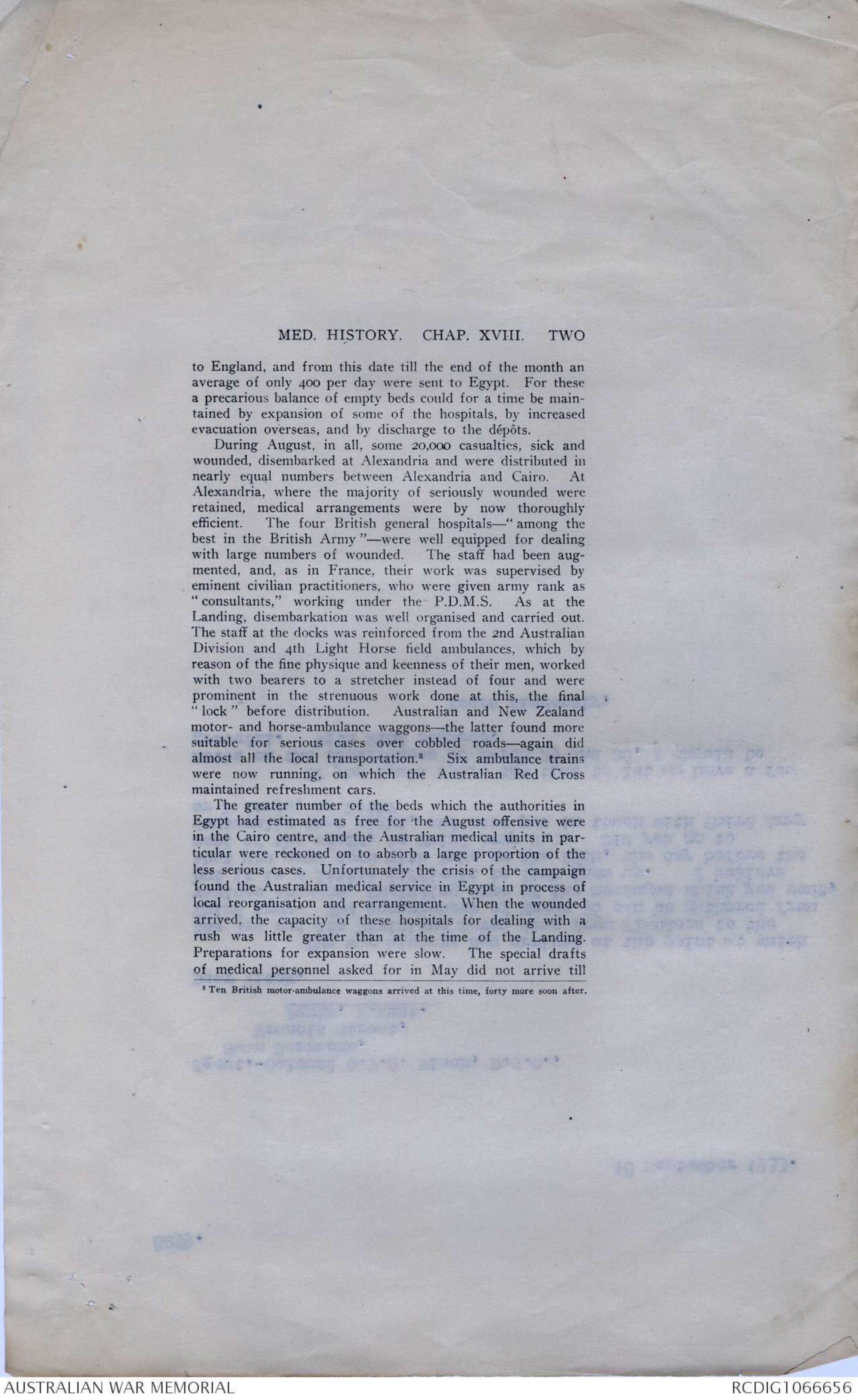
3.
Telegraph) whom I had entertained at my headquarters in
France last September, and beyond him Sir Henry Wilson.
Opposite to me were Louis Botha, J.S.Sargent (the painter)
and Winston Churchill. The meal passed amid a loud buzz
of conversation and laughter and without restraint of
any kind. Contrary to custom the two toasts came on
before, and not after the dessert, and before the Port
was served. When the King rose to speak the whole
company, including the ladies, rose also, and remained
standing while the King delivered his oration and until
President Wilson had completed his reply. The speeches
were brief, but dignified in tone and lofty in sentiment
and Wilson's mobile face and hands were a study to watch.
Cigars and cigarettes were served at the table, but the
ladies did not leave alone, being conducted by their
cavaliers straight into the Red Drawing Room, all the
guests following. All the men smoked there and coffee
was served. Here three groups were formed, respectively
around the King, the Queen and Mr. and Mrs. Wilson; most
of the guests were presented to each in turn. I had
just five minutes with the King and the President, but
over ten minutes with the Queen, who talked about her son,
now at Aust.Corps H.Q. and was most enthusiastic in
praise of Australia and her soldiers, many of whom she
had met at Windsor Castle. I was greatly surprised to
find that Her Majesty spoke with avery strong foreign
accent. I had also a chat with the young and very
beautiful Duchess of Sutherland (whom I had already met
a couple of weeks ago at the Godleys) and who was "on
duty" as Mistress of the Robes. The Queen wore cloth
of gold and many magnificent diamonds, especially on
the corsage, including the Kohinor and the great Cullinan.
My five minutes with the President were quite formal.
He has a smile not unlike Roosevelt.
The company remained together until after midnight
no one withdrawing until the Royal Household retired.
The Duke of Connaught singled me out for special
attention and was very affable. Amongst others whom I
met for the first time or renewed acquaintanceship were
Lloyd George, Lord Rayleigh, Asquith, Viscount French,
Arthur Balfour, and Austin Chamberlain.
The King and Queen withdrew precisely at midnight
and then the distinguished company dispersed, with
memories of a thrilling function of unsurpassed brilliancy
and splendour which yielded not a dull moment.
I enclose a report of the two speeches and a full
list of the guests also the Invitation and Menu cards.
Note Kipling's autograph. I swopped it for one of
my own, which he insisted on my giving him. He entertained
me with three good stories about myself related to him
by others.
(Signed.) JOHN MONASH.
[*March
1918.*]
A CYCLE PATROL AND OPEN WARFARE.
by Capt C. H. Peters
38th Bn
A.I.F.
I have just finished reading a letter
written by the late General Sir John Monash to a friend,
describing the retreat of the Fifth Army in March
1918, and the re-establishment of the line of
defence by the Australian divisions.
Sir John's account is full, and may be
termed the "eagle's-eye" view, my reminiscences
the "worm's-eye" view, for in my then capacity of
Scout Officer, much of my duty was accomplished in
close contact with Mother Earth.
My memories of course include those of
marching forward along roads impeded by all the
rout of an army in retreat, the fleeing inhabitants;
I recall that the sight of "Aussies" going forward
gave heart to many of the fugitives, some of the
French country folk even turning back towards their
deserted homes; was it to guard them? Perish the
thought, no, it was confidence in the wearers of
the slouch hat engendered by previous contact with
the older Divisions of the A.I.F.
But all this may be read elsewhere, why
should I write it, rather should I tell of certain
individual experiences which I believe to be unique.
One, was the first A.I.F.Cycle Patrol
in the face of the enemy, this was undertaken by a
2.
patrol of five 38th Battalion Scouts, under my
leadership.
At that time, still Lieutenant, and still
38th Battalion Scouting and Raiding Officer, I, from
my long experience of this work, was the trusted
Scout for any special work required by Brigade and
Divisional Headquarters.
So it was that on March 27th ^1918 when the
38th Battalion A.I.F. was halted for the night at
[*?*] Authie, I received orders that made me realize that
for me there was no comfortable night's rest upon
the straw of the big barn. The day had been a
hard one for there is something exhausting about
travelling in railway trucks and then we had marched
some ten miles since detraining at Mondicourt.
General McNicholl G.O.C. 10th Brigade
A.I.F. had sent for me, and his instructions were to
get bicycles from somewhere and push on in the general
direction of the enemy, and send back and bring back
information, and if possible make contact with the enemy.
The General confessed himself without reliable
information, "Plenty of reports" he said, "but all
contradictory" and so he had determined to send out
and get all he could by his own scouts.
"How many? Peters?" I suggested my five
best scouts; signallers were despoiled of six push
bicycles and we set out riding always against the
3.
tide of confusion made by retiring troops, formed
and unformed, and the panicking French peasants; but
as we moved forward towards the enemy, this pressure
lessened and military order was found here and there.
But still cross-roads of importance were being shelled
and there confusion was confounded.
Villages were approached cautiously, then
cycles went into the ditch and a detail of two
guarded them while three accompanied my careful
approach to the village, as the men in the successive
villages were identified as "Tommies" so we regained
our bicycles and pressed on.
At each village, information was sought, but
without securing anything useful and authoritative,
even officers, when found, were possessed of only
confused and unreliable information.
Perhaps ten such villages and so many barraged
cross roads wore covered, then when approaching
Hebuterne by scouting methods, we saw the silhouette
of sentries with wide-brimmed hats, not "Aussie"
hats, surely not "Yanks", no, 'twas the New Zealand
Rifles, and the sight of these fine soldiers, admitted-
ly the best in France, made me feel that here I was
in contact with the front line.
From the sentry I secured the location of the
Divisional Headquarters, and found them in a
chateau, then from the busy staff got information,
4.
plenty of it, accurate too, though they had only just
moved down to that area.
My maps were marked, information recorded
and suggestions for a point of junction with their
flank made, and then with all speed back in the
direction Authie. No difficulty now, we knew the
villages were not hostile, we were with the current
that set so steadily toward the West.
The return to Authie was made an hour
after dawn, but our billets were deserted, Brigade
Headquarters had moved, and so down the road in the
direction of Franvillers, until we caught up with a
bus-column, scores of London busses crowded with
Australian soldiers, this was a novelty.
I found General McNicholl, and proffered
my maps, notes and reports proudly, feeling that the work
had been well done. But there came the rub; while
we were away, orders had come for us to move to
Franvillers, about fifteen miles to the South, and
from there to face east and move till we held up the
enemy. And so to my proffering of the results of
the night's duty came the answer "No use, sorry, but
we are away off that area, and very busy about the
place to which we are going."
And so the night's adventure resulted in
little except that we had performed the first
5.
A.I.F.Scouting Patrol on Cycles, a romantic and
memorable night's work.
Open Order Fighting March 1918
HEILLY AND MERICOURT-RIBEMONT.
[*Chap VIII p.30
& Chap VII p?*] But the scouts had yet another major part
to play in that day's operations which were in
the, to us novel, but really the old traditions of
Open Warfare.
The 38th Battalion de-bussed at Franvillers
on the heights and descended into the valley of
the Ancre and passing through Heilly assumed
artillery formation, for the approaches to this
village were under long distance artillery fire,
but these shells were avoided without casualties.
From Heilly the movement was in open order
with the scouts, about eighteen in number, as a
screen about three quarters of a mile in advance
of the main body, with connecting files for message
carrying.
Here came the scouts' opportunity to do their
part in the spirit of Field ServiceRegulations,
ground and cover was were examined and exploited and
outside Mericourt was discovered a series of old
French trenches revetted with fasxines, later a deep
valley revealed a barbed-wire enclosure, a Prisoner
of War Compound with buildings, all of which merited
6.
what proved to be a useful examination.
On up the hill to Marrett Wood, and through
the wood to its Eastern edge, 'twas from that height
we first sighted the enemy between one and two
miles distant, moving forward in small groups,
evidently an advance guard formation, but without
a screen of scouts.
This information conveyed to the C.O. 38th
brought an order to open fire and demonstrate
force as much as possible, then to fall back upon
the main body, which was consolidating upon the
Old French Trenches.
Rapid fire from constantly changed positions
inside the Eastern edge of Marrett Wood had the
effect of checking the German advance and later, after
we had withdrawn, of concentrating much artillery
fire upon the empty wood.
While falling back, the prisoner-of-war compound
was visited and several bags of rations were brought
back and contributed to the immediate popularity of
the Scouts on their rejoining their comrades.
A comic opera touch was provided by the discovery
in the compound of a store of costumes, evidently
the "props" of an entertainment troupe, and so,
arranged some as top-hatted gentlemen - London policemen
- ladies in evening dress - others in pyjamas and
7.
and nightdresses, the returning scouts puzzled
their comrades who believed the apparitions to be
some more fugitive French folk.
The next day saw a race for the elevated
position of Marrett Wood, which soon after its
occupation by the 38th was strongly attacked by
a German force which was repulsed.
March 26th and 27th were red-letter days for
the 38th scouts, their first taste of open warfare,
but there was much more to be done in the weeks
that followed, when the scouts' work assumed an added
importance and usefulness compared with the old
trench warfare days.
Charles H. Peters
Capt
38th Bn A.I.F.
3/1/34
8259.
18 September 1933.
Lieut.-Colonel G.F.G. Wieck, D.S.0.,
Swan Barracks,
Francis Street,
Perth, W.Aust.
Dear Wieck,
The war history has arrived at the point at which
the 3rd and 4th Divisions moved down from Flanders to the
Third Army. The occurrences of March 26 can be gathered from
various sources, including some of the messages which you sent,
but it is a little difficult to link them up. I believe
that you came down with Pyke on the 25th, the day before the
rest of the staff, to Third Army H.Q. Did you go to
Couturelle that night, and were you in touch with Third Army
or X Corps, or both?
If you could spare the time to let me have a few
notes on the occurrences of March 25 and 26, I should be
grateful. With kind regards,
Yours sincerely,
MED. HISTORY. CHAP. XVIII. TWO
to England, and from this date till the end of the month an
average of only 400 per day were sent to Egypt. For these
a precarious balance of empty beds could for a time be maintained
by expansion of some of the hospitals, by increased
evacuation overseas, and by discharge to the dépôts.
During August, in all, some 20,000 casualties, sick and
wounded, disembarked at Alexandria and were distributed in
nearly equal numbers between Alexandria and Cairo. At
Alexandria, where the majority of seriously wounded were
retained, medical arrangements were by now thoroughly
efficient. The four British general hospitals-"among the
best in the British Army "– were well equipped for dealing
with large numbers of wounded. The staff had been augmented,
and, as in France, their work was supervised by
eminent civilian practitioners, who were given army rank as
"consultants," working under the P.D.M.S. As at the
Landing, disembarkation was well organised and carried out.
The staff at the docks was reinforced from the 2nd Australian
Division and 4th Light Horse field ambulances, which by
reason of the fine physique and keenness of their men, worked
with two bearers to a stretcher instead of four and were
prominent in the strenuous work done at this, the fnal
"lock" before distribution. Australian and New Zealand
motor- and horse-ambulance waggons –the latter found more
suitable for serious cases over cobbled roads–again did
almost all the local transportation.3 Six ambulance trains
were now running, on which the Australian Red Cross
maintained refreshment cars.
The greater number of the beds which the authorities in
Egypt had estimated as free for the August offensive were
in the Cairo centre, and the Australian medical units in particular
were reckoned on to absorb a large proportion of the
less serious cases. Unfortunately the crisis of the campaign
found the Australian medical service in Egypt in process of
local reorganisation and rearrangement. When the wounded
arrived, the capacity of these hospitals for dealing with a
rush was little greater than at the time of the Landing.
Preparations for expansion were slow. The special drafts
of medical personnel asked for in May did not arrive till
3Ten British motor-amubulance waggons arrived at this time, forty more soon after.
 Sam scott
Sam scottThis transcription item is now locked to you for editing. To release the lock either Save your changes or Cancel.
This lock will be automatically released after 60 minutes of inactivity.